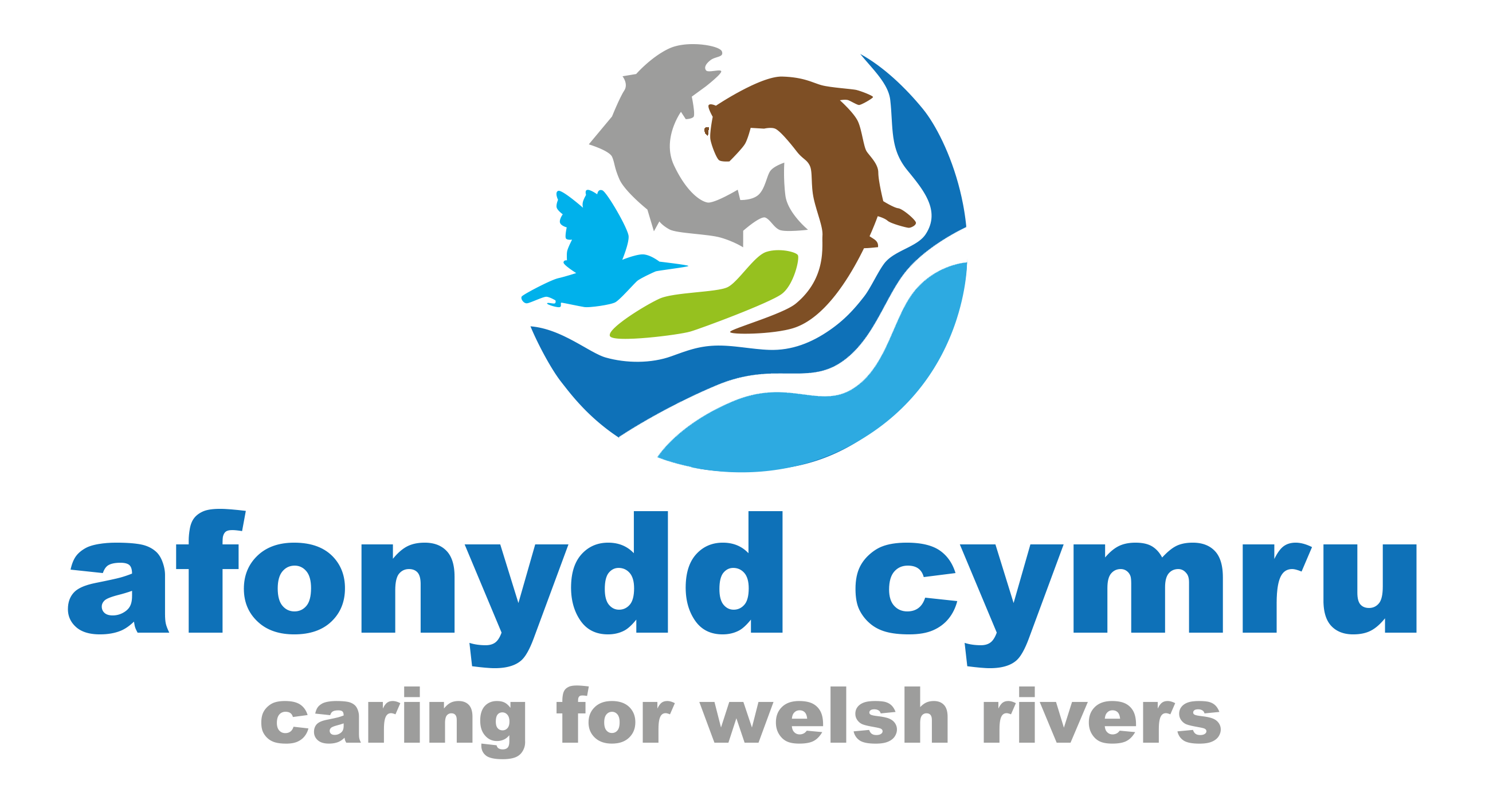Any proposals for tidal power generation in the Severn Estuary will need to ensure protection for SAC-desginated habitats and species, such as these Twaite shad.
Wednesday 19th March, 2025
Afonydd Cymru supports clean energy production and the exploration of tidal power as part of the suite of generation options for Britain to combat climate change.
However, clean energy is only sustainable if it does not result in damage to keystone species.
The Severn Estuary Commission has today reported its recommendations on power generation from an estuary with the third highest tidal range in the world. We are glad that it has ruled out a barrage, which would almost certainly result in the loss of irreplaceable species and habitat. This includes rare migratory fish species such as twaite shad, Atlantic salmon, sea lamprey, eels and sea trout.
The Commission’s report has been published less than a week after Natural Resources Wales issued the latest Water Framework Directive assessments for Welsh rivers. These showed that the biggest single cause of new waterbody failure was low fish numbers, including migratory salmonids.
There is insufficient scientific understanding and evidence currently to offer any certainty on the extent or size of the environmental impact that would result from a tidal power scheme. This has been the conclusion of many previous studies considered in the estuary. They have, however, indicated significant, if not catastrophic, impact to the designated species of the SAC.
Any proposal that is now put forward by the Commission must gather and make use of all the evidence available. This includes research currently being carried out by Swansea University on the migration routes of shad and salmon for the Hinkley Point C nuclear reactor.
It is a legal requirement to ensure protection of these species and to implement measures for their protection.
The Commission has recommended a Commercial Development Project for a lagoon. Afonydd Cymru would only support this proposal if it is based upon sound scientific evidence. We would need to see a full evaluation to ensure it is located in a part of the estuary where there is least effect on the environment.
More Information:
